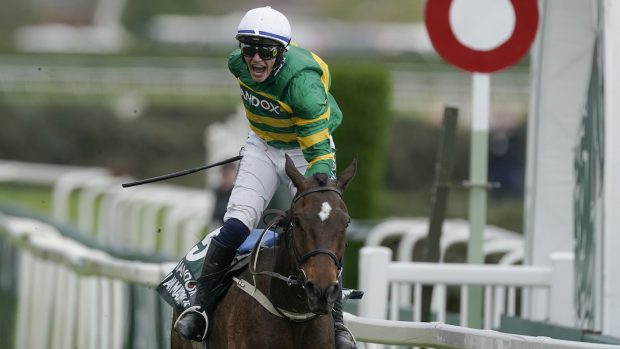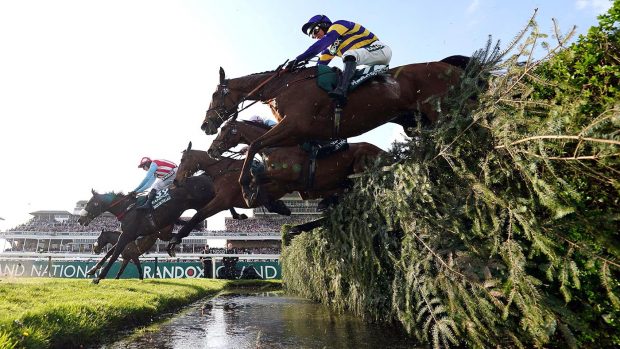Read more about racing
From Red Rum, who started his career in five-furlong Flat races as a two-year-old, to Quare Times, who didn’t even enter training until he was six, the Grand National has been won by thoroughbreds of all shapes and sizes.
The one thing that unites them is an ability to contend with the unique spruce fences of Aintree, which are as much of a challenge for the brave men and women on board.
BECHER’S BROOK
Becher’s Brook, jumped twice as fences six and 22, is the first named challenge on the course and, though modified in recent years, it has a significant drop on the landing side.
“Becher’s is daunting. It’s at a real angle, but you can’t try to jump it at an angle,” says Mick Fitzgerald.
“The brave man’s route to Becher’s is down the inside, but that was never my way. The one time I went there was on Fiddling The Facts and we fell as she tried to turn in the air.”
Bob Champion, however, relished the challenge: “It’s not that big on the take-off side, but obviously the drop catches some out. You can’t jump it too straight because after that you are turning all the way to the Canal Turn. By this stage, you know if your horse likes Aintree and, if he does, he will attack the fences himself.”
Carl Llewellyn says that the key is to meet it on a perfect stride: “If you stand off a long way then the drop is more difficult, but, get in too close and hit it, then it’s hard to get balanced on landing. At some of the other fences, you could get away with this to an extent, but Becher’s is very unforgiving.”
For the full Grand National preview, including the form guide, see the current issue of Horse & Hound (7 April, 2011)
Learn more about racing




